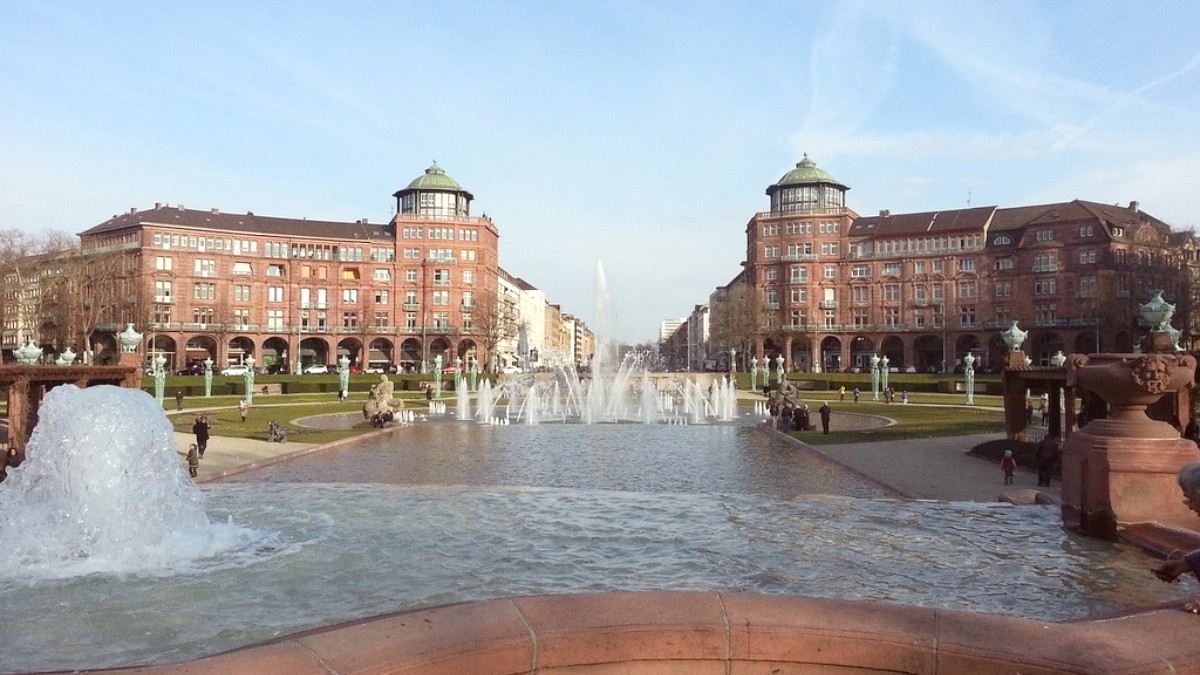
Baden Wurttemberg, Germany
German cuisine relies on a robust set of staple ingredients that form the basis of many traditional dishes, emphasizing depth and warmth.
Common elements include pork, versatile potatoes (boiled, fried, mashed, dumplings), and cabbage (Sauerkraut, Rotkohl). Spices like caraway, mustard, juniper berries, and bay leaves add distinct flavors. Germany is renowned for its bread culture, with a wide variety of rye and whole grain breads.
Lunch (Mittagessen) is often the main meal (12:00 PM - 2:00 PM), with many restaurants offering special lunch menus. Dinner (Abendessen) is usually lighter and eaten from 6:00 PM onwards.
In most full-service restaurants, wait to be seated. "Guten Appetit!" (Enjoy your meal!) is common before eating. "Zum Wohl!" (To your health!) is the standard toast; maintain eye contact while clinking glasses.
Tap water is safe but not automatically served unless requested. Bottled water (Mineralwasser) is common and charged. When paying with friends, it is common to tell the server how much each person is paying.
Soft, irregular egg noodles. Often a side dish, or as Käsespätzle (tossed with cheese and fried onions).
Find in almost any traditional German or Baden restaurant.
Large, rectangular pasta pockets filled with minced meat, spinach, and breadcrumbs. Served in broth ("in der Brühe") or pan-fried ("geschmelzt").
Find in traditional German restaurants throughout Mannheim.
Schweinshaxe: Roasted pork knuckle with crispy skin. Schnitzel: Thin, breaded, pan-fried cutlet (pork is common).
Look for these in restaurants specializing in traditional German cuisine. Find Schweinshaxe readily available.
Large, soft, savory pretzel, often with coarse salt. Found in bakeries and snack stands.
Germans love cake! Varieties include Schwarzwälder Kirschtorte (Black Forest Cherry Cake) and Käsekuchen (German cheesecake).
Opus V (at Dorint Kongresshotel) offers contemporary fine dining. Die Küche im Jungbusch focuses on modern German cuisine with regional ingredients. Le Corange (near Mannheim) is a Michelin-starred option for modern European cuisine.
Numerous mid-range restaurants are in the city center (Quadrate) and Neckarstadt-Ost. They provide a comfortable dining experience with good food at reasonable prices.
For affordable and quick meals, options are plentiful across the city.
Döner Kebab shops are ubiquitous. Traditional Turkish restaurants offer grilled meats and mezzes. Pizzerias and trattorias serve authentic pasta and pizza.
Döner Kebab shops are found throughout the city. Italian restaurants are common in most neighborhoods.
Numerous options exist: Chinese, Thai, Vietnamese (pho, noodle dishes), Japanese (sushi, ramen). Restaurants offering curries, biryanis, falafel, and shawarma are also readily available.
Concentrations of Asian and Middle Eastern restaurants are found in the city center and Neckarstadt areas.
Awareness grows; many restaurants mark vegetarian options. Dedicated vegan places are increasing, especially in Jungbusch.
Awareness grows. Use a Translation card or Translation app for communication. Supermarkets carry certified "glutenfrei" products.
Halal options in areas with Turkish/Middle Eastern communities. Kosher food is less common outside major Jewish communities.
Do not hesitate to ask restaurant staff; many try to accommodate needs, especially in mid-range to upscale establishments.
If you find a dish you especially enjoy, ask locals for their recommendations on where to find the best version.
This often leads to hidden gems and authentic experiences.
From hearty regional dishes to diverse international flavors, the city offers a range of culinary delights to discover.
Mannheim's food scene is an important part of your travel experience.
Berliner (Pfannkuchen): A jelly-filled doughnut, popular year-round. Apfelstrudel: A classic apple strudel, often served warm with vanilla ice cream or sauce.
Marktplatz often hosts food stalls on market days (Tuesdays, Thursdays, Saturdays), offering fresh produce and prepared foods.
Awareness of vegetarian and vegan diets grows in Germany. Many restaurants have at least one vegetarian option clearly marked.
While awareness grows, having a Translation card explaining specific dietary needs is useful.
Halal options are available, especially in areas with larger Turkish and Middle Eastern communities. Kosher food is less common outside major Jewish communities.
While English is spoken in many tourist-facing establishments, having a way to clearly communicate specific dietary needs in German is beneficial.
Consider carrying a written note or using a translation app.
For severe allergies, always double-check with the staff regarding preparation methods to avoid cross-contamination.
Upscale restaurants tend to have more experience with specific dietary requests.
Marktplatz offers a insight into local produce and specialties. Consider picking up items for a picnic.
Sample high-quality local wines from the Baden and Palatinate regions, often featured on restaurant menus.
Do not hesitate to ask locals for their favorite dining spots or specific dish recommendations for authentic experiences.
If you prefer a quieter meal, consider dining earlier in the evening or booking a table outside peak hours.